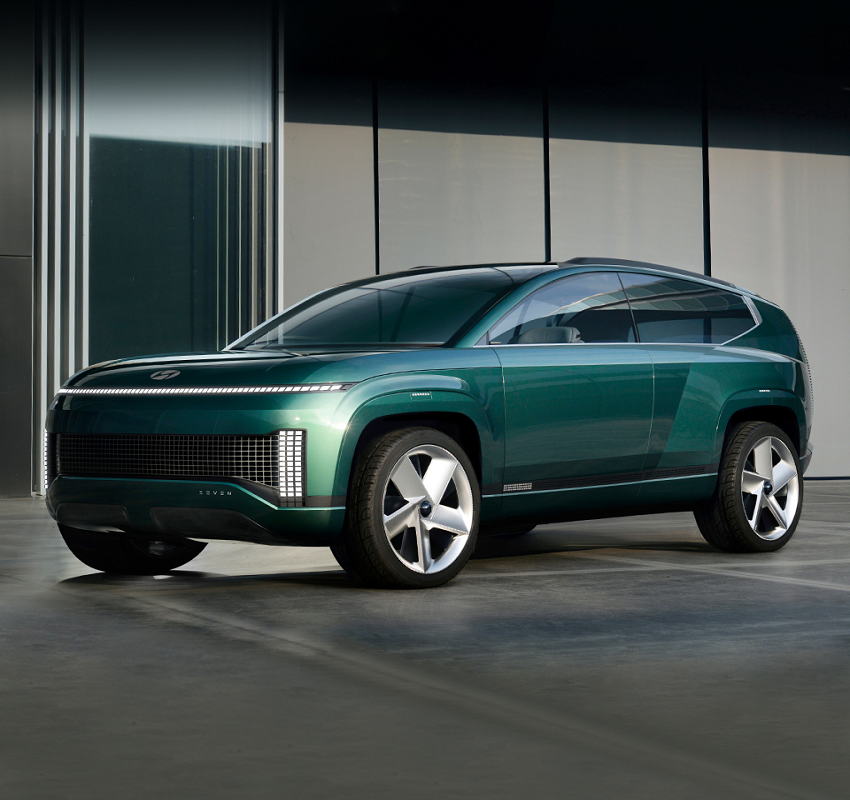
Electric vehicles have obvious advantages such as low noise, zero emission, high efficiency, energy conservation, energy diversification and comprehensive utilization, and have become the mainstream of development in various countries. With the improvement of the performance of permanent magnet materials and the reduction of the cost, permanent magnet synchronous motor (PMSM) has become one of the mainstream motors in the drive system of electric vehicles with its advantages of high efficiency, high power factor and high power density.
Permanent magnet motor not only has the advantages of brushless structure and reliable operation of AC motor, but also has the advantages of DC motor speed regulation performance. It does not require excitation windings and can achieve small size and high control efficiency. It is the hot spot of electric vehicle motor research and development and application. The permanent magnet motor drive system can be divided into brushless DC motor system and PMSM system. Brushless DC motor (BLDCM) system has the advantages of large torque, high power density, simple position detection and control method, but the commutation current is difficult to reach the ideal state, which will cause torque pulsation, vibration and noise. Brushless DC motor system has certain advantages in the field of electric vehicle drive with low speed requirements, and has been widely paid attention to and applied. The permanent magnet synchronous motor (PMSM) system has the characteristics of high control precision, high torque density, good torque stability and low noise. Through rational design of permanent magnet circuit structure, higher weak magnetic properties can be obtained and the speed range of the motor can be improved. Therefore, it has a high application value in electric vehicle driving, is highly valued by the electric vehicle industry at home and abroad, and has been widely used in Japan. It is an ideal drive system for electric vehicles.
Japan began to develop electric vehicles in 1965, and the Japan Electric Vehicle Association was established in 1967. Due to the excellent performance of permanent magnet synchronous motors, they have been favored by Japanese automobile companies since their inception. In 1996, Toyota Motor Company's electric vehicle RAV4 adopts the plug-in permanent magnet synchronous motor of Tokyo Electric Company as the driving motor, and the permanent magnet synchronous motor developed by Fuji Electronics Research Institute in Japan can reach the maximum power of 50kW and the maximum speed of 1300r/min. In January 1998, a new generation of electric passenger cars developed by Nissan was put into use in California, USA. The drive motor is made of NdFeb material, and the motor is small in size. In recent years, the Japanese Electrical Engineering Research Laboratory has cooperated with other companies to launch a permanent magnet synchronous motor with built-in double-layer permanent magnet, which improves the transverse axis conductance of the motor, increases the torque of the motor by 10%, increases the maximum efficiency area by 10%, and the maximum peak efficiency of the motor can reach more than 97% and the efficiency of the main working area can reach more than 93%.

In the VEDELIC electric vehicle project in France, PSA electric vehicle powertrain manufacturer Moteurleroy-Somer improved the drive motor in 1997. The new driving motor selected is a three-phase permanent magnet synchronous motor. Compared with the traditional DC drive system, the three-phase permanent magnet synchronous motor used in France has been improved in the following three aspects: (1) the power density ratio and torque density ratio are higher; (2)Higher efficiency; (3) Improved reliability and easy maintenance. The drive motor of the third generation Audi hybrid electric vehicle in Germany uses a permanent magnet synchronous motor (PMSM). The maximum speed is 12,500 RPM and the maximum power output is 32kW.
Electric vehicles are taking off later in the United States than in Japan. In the United States, the design and control strategy of induction motors have matured, so induction motors are the main drive motors for electric vehicles. The United States has also carried out research on permanent magnet synchronous motor, and the results are outstanding. James developed permanent magnet synchronous motor. Goldie and Kevin. SatCon LeRowR.E adopts stator double-winding technology, which not only expands the speed range of the motor, but also effectively uses the voltage of the inverter, and the winding current is small, and the motor efficiency is high.
Influence of iron core stress on performance of permanent magnet motor
2024-01-09Multiple Factors Pressure Stainless Steel Supply Tight
2020-12-30Xiaomi's car drive motor uses oriented silicon steel for the first time
2024-04-01The kitchen should be made of stainless steel sheets,is it good enough? Listen to the truth~
2021-10-22The iron loss caused by cutting silicon steel sheet is evaluated by thermal measurement
2024-06-29How are metal composites "compounded" together?
2023-11-16






